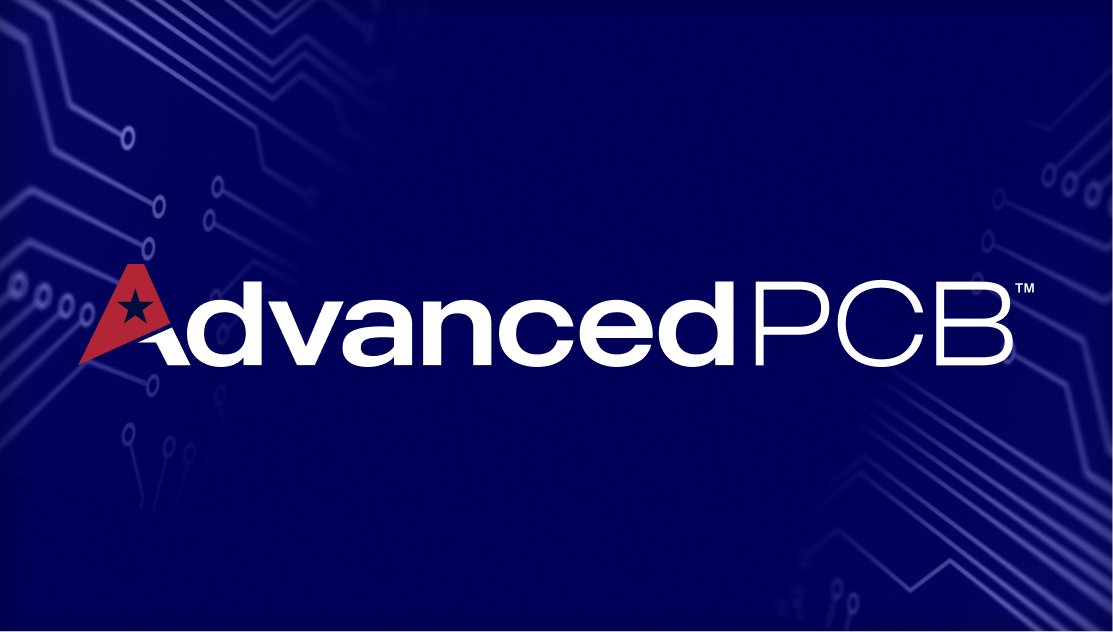Printed Circuit Boards Vital in Future of Traffic Control

.jpg?lang=en-US)
Driving down the street, you may not give a second though to the traffic lights on nearly every corner. For the past hundred years or so traffic lights have helped control the flow of cars moving through cities in an effort to reduce collisions, pollution and commute time. From 1914 until the 1970s, these lights consisted of simple mechanical controllers that changed the lights around town. In the 1970s, however, engineers added printed circuit boards to create the modern lights that use the red, yellow and green phases we know today. Fox News Technology offers a discussion of the evolution of stoplights and how they have changed from the first usage of PCBs to the traffic management systems now prevalent in most cities.
As vehicles begin to incorporate new technologies we can expect to see a change in how cities manage traffic through stoplights. New PCB capabilities are expected to allow stoplights to communicate with vehicles in close proximity so that drivers will know when the lights will change and what their expected commute time is. This can lead to a further reduction in pollution and can help cars safely navigate intersections.
Cars, Drivers and Printed Circuit Boards
Printed circuit boards are taking on many more roles than just supporting entertainment and navigation systems in cars. The next generation of PCBs will interact with traffic lights and other vehicles as people begin to rely more on automatic driving. It will become necessary for technology and equipment in cars and trucks to be relatively standardized so that this communication is safe and seamless. To learn about the next wave of circuit board technology and to see how you can improve the quality and efficiency of your PCBs, contact a representative at AdvancedPCB today.

AdvancedPCB
Related Posts

Future trends of the circuit board

2-Layer vs. 4-Layer Printed Circuit Boards



